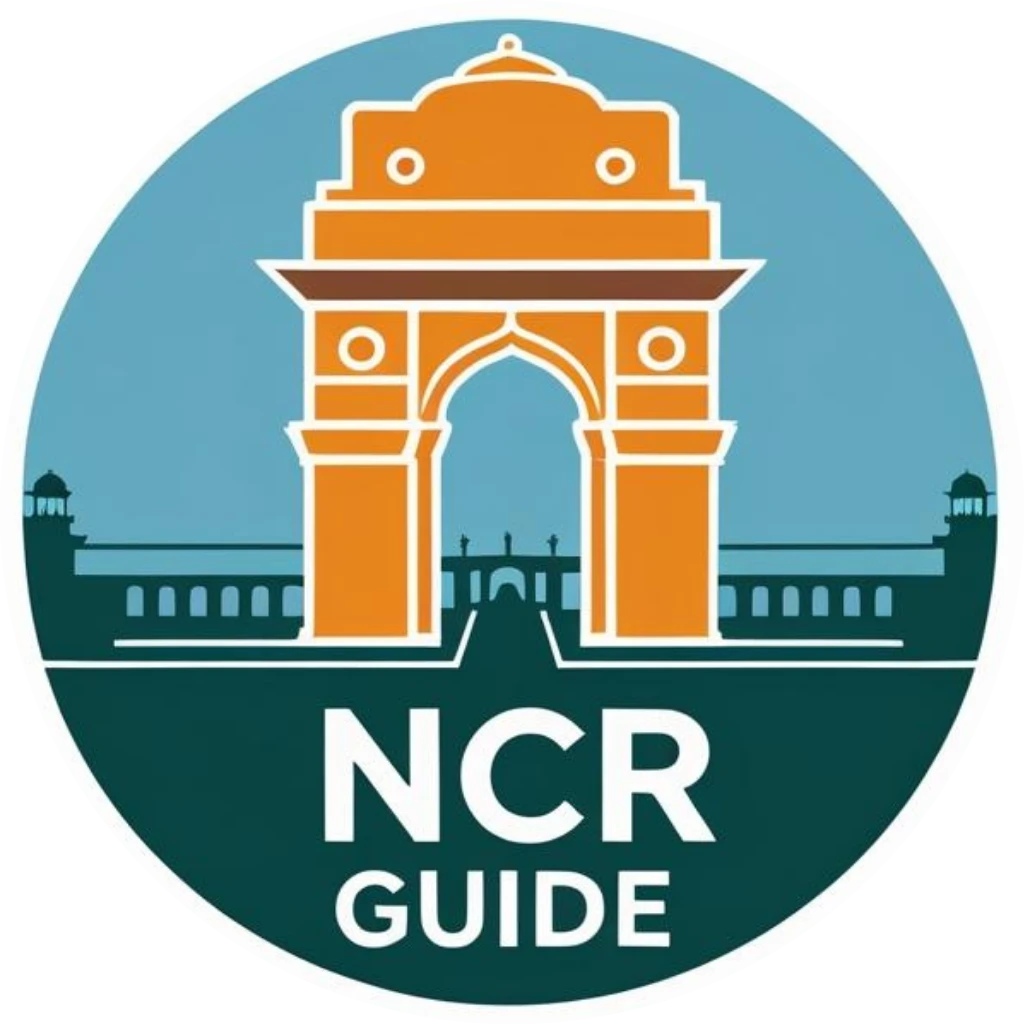In a bold step to combat the growing problem of air pollution in Delhi, students across the city are now taking center stage. A year-long initiative by the Directorate of Education (DoE), under the Union government’s National Clean Air Programme, is empowering students aged 15 and above to become active agents of change. By integrating climate action into everyday school life, the program seeks to build awareness, encourage civic responsibility, and inspire sustainable behavior among the youth.
This initiative is being implemented through the Mera Yuva Bharat (MY Bharat) platform and supported by both the Ministry of Youth Affairs and the Ministry of Environment, Forest and Climate Change.
A Mission Every Month: How Students Will Drive Change
Each month, students from government, government-aided, and private unaided schools will participate in themed missions that focus on a specific area of environmental concern. These missions go beyond classroom discussions to include community-level actions that can help mitigate air pollution.
Here’s what the monthly calendar looks like:
- May – Plastic-Free Public Places
Students participate in clean-up drives, encourage the use of cloth bags, and raise awareness about alternatives to single-use plastic. - June – Plant Trees, Breathe Free
The focus shifts to afforestation. Schools conduct tree plantation drives and monitor air quality in their localities. - July – Reducing Industrial Emissions
Students visit factories adopting cleaner technologies and advocate for the use of less-polluting fuels like LPG and PNG. - August – Clean Air Heroes
This month celebrates individuals and organizations that have taken effective steps to improve air quality. Activities include street plays, storytelling, and poster-making competitions. - September – Every Breath Matters
The most crucial month coincides with Swachh Vayu Diwas. Students host exhibitions, prepare air quality reports, and create art installations to spread awareness. - October – Burn Calories, Not Fuel
To promote sustainable transport, schools organize cycling and walking rallies. Car-free days are also planned. - November – No More Dust
Students conduct surveys on sources of dust pollution and implement anti-dust campaigns within their neighborhoods.
Special events are aligned with key environmental dates such as World Environment Day (June 5), Swachh Vayu Diwas (September 7), and Zero Emissions Day (September 21). This ensures students are continually engaged and aware of broader climate narratives.
How Schools Are Already Making a Difference
Several schools are already implementing eco-friendly measures that align with this mission. For example, the Ravi Shankar Sarvodaya Kanya Vidyalaya (SKV) in Bawana has installed a rainwater harvesting system, transitioned to solar energy, and routinely organizes anti-plastic awareness drives. These grassroots efforts demonstrate that even small-scale interventions in schools can lead to meaningful impact when scaled across the city.
Why This Matters for Delhi
Delhi consistently ranks among the most polluted cities globally, especially in the winter months when stubble burning, industrial activity, and vehicle emissions spike. Experts have long advocated for localized, people-driven approaches to complement government policy. This student-led initiative is a significant step in that direction. It not only introduces children to environmental stewardship at an early age but also indirectly influences families and communities to adopt cleaner habits.
The initiative encourages peer-to-peer learning, creativity, and critical thinking—essential ingredients for real change. Moreover, it bridges the gap between knowledge and action, a key challenge in environmental education.
What’s Next
The year-long campaign will be monitored by school authorities and local education officers to ensure effective implementation. Impact reports and student-led presentations will be shared with government bodies to assess the success of each monthly theme.
By the end of the year, the goal is to build a generation of environmentally conscious citizens who can think critically, act locally, and lead globally in the fight against air pollution.
FAQs on Delhi’s Student-Led Green Mission to Combat Air Pollution
Q1. What is the objective of the student-led green mission in Delhi?
The primary goal is to raise awareness and encourage behavioral change among school students regarding air pollution. By involving students in monthly themed activities, the initiative aims to promote sustainable practices and civic responsibility from a young age.
Q2. Who is organizing and overseeing this initiative?
The program is coordinated by the Directorate of Education (DoE), under the Union government’s National Clean Air Programme. It is implemented via the Mera Yuva Bharat (MY Bharat) platform in partnership with the Ministry of Youth Affairs and the Ministry of Environment, Forest and Climate Change.
Q3. Which schools are participating in this campaign?
Government, government-aided, and private unaided schools across Delhi are part of the campaign. All students aged 15 years and above are eligible to participate in the monthly activities.
Q4. How are the monthly missions structured?
Each month focuses on a different aspect of air pollution—from reducing plastic use and planting trees to promoting sustainable transportation. Activities include rallies, awareness drives, exhibitions, peer education, and community engagement.
Q5. Are these activities mandatory for all students?
While the campaign is highly encouraged, participation is generally voluntary. However, schools are expected to integrate these activities into their environmental and civic education programs to maximize student involvement.
Q6. How will the impact of the campaign be measured?
School heads and education department officials will monitor participation and outcomes. Students will submit reports, creative projects, and presentations that will help assess the effectiveness of each month’s mission.
Q7. How does this program help the larger community?
By involving students, the initiative also indirectly influences parents, neighbors, and local communities. It creates ripple effects, leading to better waste management, more green cover, reduced dust pollution, and increased awareness of local air quality issues.
Q8. Are there any rewards or recognition for students or schools?
Although the focus is on learning and action, schools and students demonstrating exceptional leadership may be acknowledged in public events or government platforms. Some may also be featured in awareness campaigns and environmental forums.
Q9. Can private organizations or NGOs collaborate with this initiative?
Yes, NGOs, local civic bodies, and environmental organizations are encouraged to partner with schools to provide resources, training, or support for implementing monthly themes.
Q10. Will this initiative continue after one year?
The current plan is for a year-long engagement, but if successful, it could evolve into a long-term model for environmental education and student-led civic action in Delhi and possibly other cities.

